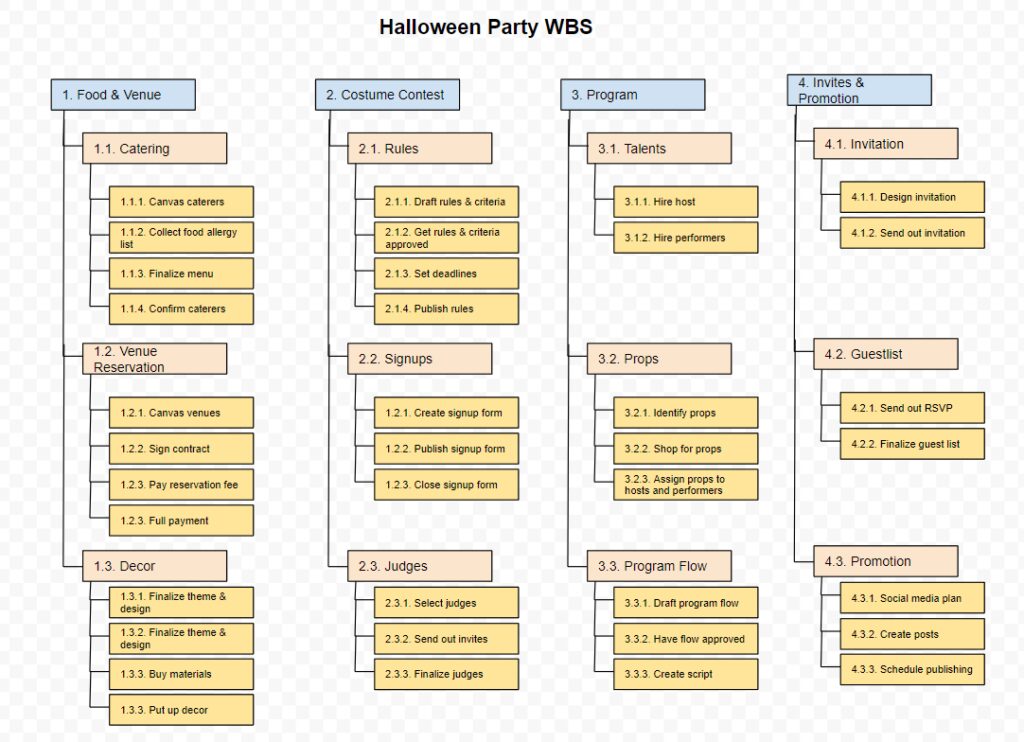Esports competitions come in many different formats and structures, with distinctions between individual and team-based events, league and tournament structures, and round robin, single elimination, and double elimination tournaments. Individual events involve players competing against each other one-on-one, while team events bring together groups of players working towards a common goal. Leagues involve multiple teams competing against each other over a longer period of time, while tournaments are shorter and more intense events with winners taking home large prize pools. Tournaments can use round robin, single elimination, or double elimination formats. Understanding these formats can help both players and fans follow along with the action and appreciate the skill and strategy required to win in these high-stakes competitions.
Breaking Down Esports Competition Formats and Structures
Esports, also known as electronic sports, has become a huge industry in recent years, with millions of people tuning in to watch professional video game competitions. While the concept of competitive gaming is not new, the rise of the internet and online gaming has made it easier for players to connect and compete with one another from all over the world. As a result, there are now many different types of esports competitions with various formats and structures.
Individual vs. Team Esports
The first major distinction in esports competition formats is between individual and team-based events. In individual esports competitions, players compete against each other one-on-one. These might be head-to-head battles or time trial-style events where players try to complete a challenge or level as quickly as possible. Popular individual esports games include fighting games like Street Fighter and Super Smash Bros., as well as racing games like Mario Kart and F1.
Team esports competitions, on the other hand, bring together groups of players who work together to achieve a common goal. The most popular team esports are MOBAs (multiplayer online battle arena) like League of Legends and Dota 2, where teams of five players compete to destroy the other team’s base. Other team esports include first-person shooters like Counter-Strike: Global Offensive and Overwatch, where teams work to complete objectives and eliminate the opposing team.
League vs. Tournament Structures
Another way to categorize esports competition structures is by whether they follow a league or tournament-style format.
Leagues are organized over a longer period of time and typically involve multiple teams competing against each other in a series of matches. The most popular esports leagues include the League of Legends Championship Series (LCS), the Overwatch League, and the Call of Duty League. In these leagues, teams compete in a regular season and then move on to playoffs or a championship event. Each team will play a set number of matches against other teams in the league, with points awarded for wins and losses. At the end of the season, the top teams move on to compete for the championship.
Tournaments, on the other hand, are usually shorter and more intense events where teams compete in a series of elimination matches. These events can be open to any team that wants to enter, or they may be invitation-only for top-ranked teams. Popular esports tournaments include the Evolution Championship Series (EVO) for fighting games, the Intel Extreme Masters (IEM) for various games, and the Fortnite World Cup. Tournaments often have a much larger prize pool than leagues, with winners taking home hundreds of thousands or even millions of dollars.
Round Robin vs. Single Elimination vs. Double Elimination
Within tournament-style competitions, there are three main formats: round robin, single elimination, and double elimination.
Round robin tournaments involve each team playing against every other team in the event. The team with the most wins at the end of the round robin phase is declared the winner. This format ensures that every team gets to play a similar number of matches and reduces the impact of a single bad performance.
Single elimination tournaments involve teams playing against one another in a bracket. Each match is best-of-three or best-of-five, and the winning team advances while the losing team is eliminated. The winner of the final match is declared the tournament champion.
Double elimination tournaments use a similar bracket format, but teams are allowed to lose one match before being eliminated. If a team loses a match in the winners’ bracket, they drop down to the losers’ bracket and continue to play there. If they lose a second match, they are eliminated. The winner of the winners’ bracket and the winner of the losers’ bracket then play each other in the grand final. If the winner of the losers’ bracket defeats the winner of the winners’ bracket, a second match is played to determine the overall champion.
Conclusion
Esports competitions come in many different shapes and sizes, each with their own unique set of rules and structures. Understanding these formats is important for both players and fans alike, as it can help you follow along with the action and appreciate the skill and strategy required to win in these high-stakes competitions. Whether you prefer individual or team-based events, leagues or tournaments, or round robin, single elimination, or double elimination formats, there is an esports competition out there for everyone to enjoy.
